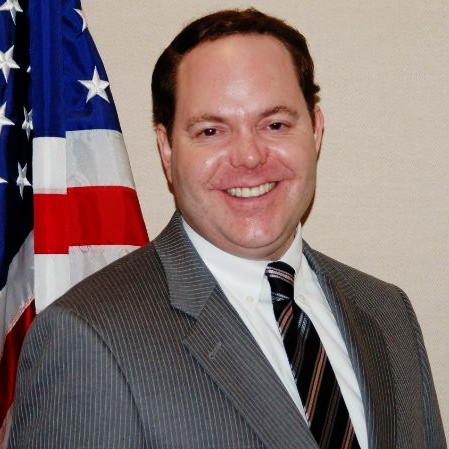When most people hear about harassment at work it’s likely to be sexual harassment, especially in today’s #MeToo era. But sexual harassment is just one of multiple unlawful bases of harassment in the employment context.
Other forms of job harassment usually don’t get the same amount of national media attention, unless the case is particularly egregious — such as racial harassment involving a hangman’s noose, KKK graffiti or the N-word.
It should be noted that the U.S. Equal Employment Opportunity Commission (EEOC), which enforces federal anti-discrimination laws in the workplace, has been cracking down lately on all forms of harassment — including, but not limited to, sexual harassment.
Defining Harassment
Two major criteria define harassment at work, according to the EEOC:
- “Enduring the offensive conduct becomes a condition of continued employment, or”
- “The conduct is severe or pervasive enough to create a work environment that a reasonable person would consider intimidating, hostile, or abusive.”
But there are also caveats, as the EEOC points out:
- “Petty slights, annoyances, and isolated incidents (unless extremely serious) will not rise to the level of illegality.”
- “To be unlawful, the conduct must create a work environment that would be intimidating, hostile, or offensive to reasonable people.”
- “Offensive conduct may include, but is not limited to, offensive jokes, slurs, epithets or name calling, physical assaults or threats, intimidation, ridicule or mockery, insults or put-downs, offensive objects or pictures, and interference with work performance.”
In addition to the pervasiveness of sexual harassment, other forms of unlawful workplace harassment can be based on the following:
- Race and color
- Age (40 and older)
- Disability
- Genetic Information
- National Origin (ethnicity)
- Religion
- Sex (including pregnancy)
- Sexual Orientation (LGBT)
- Gender Identity (transgender)
The term “harassment” in the modern workplace is a broad umbrella that can manifest in many forms.
Complaints on the Rise
All types of harassment charges filed with the EEOC total about 28,000 on average annually, according to agency data.
On August 9, the EEOC issued a press release entitled, “EEOC Files Seven More Suits Against Harassment; Agency Challenges Harassment and Retaliation Across the Country.”
The problem became so bad that an EEOC “Select Task Force on the Study of Harassment in the Workplace” was formed to conduct a comprehensive examination of the issue. Members included officials not only from the EEOC, but also academia, the legal community and stakeholder advocacy groups.
The EEOC task force wrote the following in a detailed 2016 report:
- “Almost fully one third of the approximately 90,000 charges received by EEOC in fiscal year 2015 included an allegation of workplace harassment.”
- “While there is robust data and academic literature on sex-based harassment, there is very limited data regarding harassment on other protected bases. More research is needed.”
- “Workplace culture has the greatest impact on allowing harassment to flourish, or conversely, in preventing harassment.”
Read the full EEOC harassment report, which contains conclusions and recommendations for employers.
But on a positive note, the work culture regarding sexual harassment is slowly changing for the better thanks to the #MeToo movement and the #TimesUp initiative in the Hollywood entertainment industry.
More male co-workers (bystanders) need to support women subjected to sexually hostile work environments, as I wrote here in January 2018.
Final Thoughts
Executive management and leadership must be more mindful of the detrimental effects to the company culture and mission caused by harassment of all kinds, including, but not limited to:
- Lower employee performance and productivity.
- Greater legal exposure/costs and bad PR.
- Less employee engagement and brand loyalty.
- Plummeting employee morale and job satisfaction.
- Increased employee absenteeism and healthcare costs.
Harassment in the workplace is like a cancer that will grow and spread if not quickly stamped out.
That’s why proactive prevention is the best medicine to stop harassment before it starts.
But how?
Through effective policy implementation, clear communication, as well as consistent training and education — as outlined in the EEOC task force report.
It’s important to remember that all employees have legal rights protecting them from workplace harassment, whether it’s sexual, racial or otherwise.
And no CEO, manager or supervisor is ever above the law.
Author’s Note: A more extensive version of this article was first published on Medium, where the author is a Top Writer for Government, Journalism and Social Media.
__________________________________________________________________________________
David is former veteran media spokesman for the U.S. Equal Employment Opportunity Commission (EEOC) in Washington, DC. Prior to that, he worked in the White House as a political appointee for President Bill Clinton. You can also find David on LinkedIn and Twitter.


